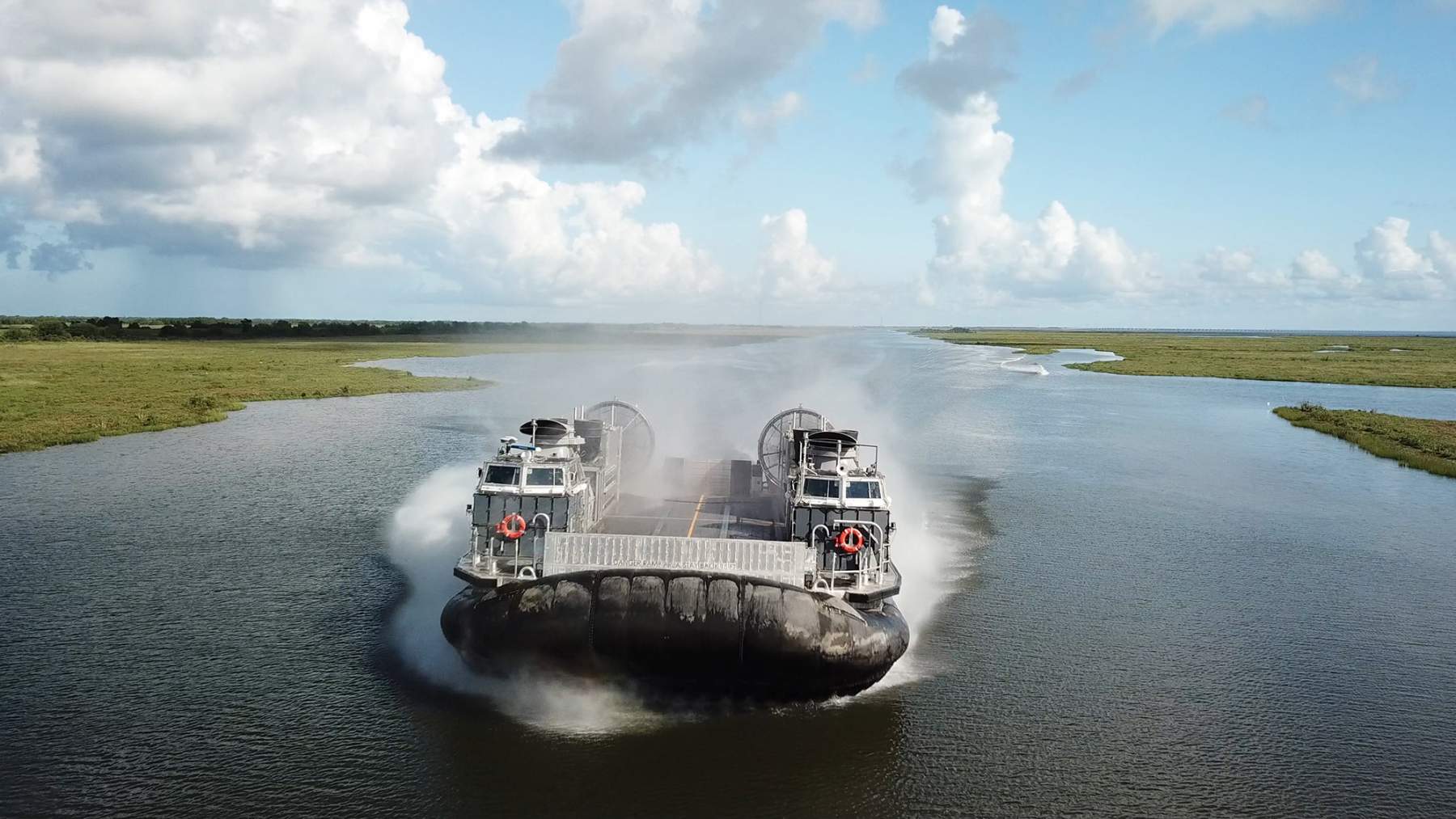Textron Systems Corporation has been awarded a $7,261,214 cost-plus-fixed-fee/cost modification to previously-awarded contract N00024-17-C-2480, from the U.S. Navy, for landing craft, air cushion special studies, analysis and reviews under the Ship-to-Shore Connector (SSC) program. Work will be performed in New Orleans, Louisiana (80%); Fort Worth, Texas (10%); and Gloucester, United Kingdom (10%) and is expected to be complete by December 2020. Fiscal 2019 shipbuilding and conversion (Navy) funding in the amount of $1,421,287 will be obligated at time of award and will not expire at the end of the current fiscal year. The U.S. Navy’s Naval Sea Systems Command, Washington, District of Columbia, is the contracting activity.
The Ship-to-Shore Connector (SSC), also known as the LCAC 100 class, is a system proposed by the United States Navy as a replacement for the Landing Craft Air Cushion (LCAC). It will offer an increased capacity to cope with the growing weight of equipment used by the United States Army and Marine Corps. As of 2015, the program is forecast to cost a total of US$4.054B for 73 hovercraft. Though the SSC is built with similar configurations, dimensions, and clearances to existing LCAC, ensuring compatability with existing well deck-equipped amphibious ships, as well as Expeditionary Transfer Dock and Expeditionary Sea Bases, it shares less than one percent of legacy LCAC original parts.

The four Rolls-Royce MT7 gas turbines that will be used to power each Ship-to-Shore Connector are derivatives modelled after the design of the Rolls-Royce T406 used in the Bell Boeing V-22 Osprey. Similar to the interoperability between the engines powering the M1A2 Abrams MBT and the UH-60 Blackhawk Helicopter, the cores of the two engines types are identical, which should provide some relief in spare parts storage to those ships that will operate both the aircraft and the hovercraft. Top speed will be 50 kn. A simpler and more efficient drivetrain using one gearbox is on each side for less parts and maintenance and higher reliability.
The Ship-to-Shore Connector is constructed at Textron Systems in New Orleans and built with similar configurations, dimensions, and clearances to existing LCAC, ensuring the compatibility of this next-generation air cushion vehicle with existing well deck-equipped amphibious ships, as well as Expeditionary Transfer Dock and Expeditionary Sea Bases. The Navy will continue to utilize Craft 100 as a test and training craft. There are currently thirteen additional SSCs in various states of production. Builder’s Trials for Craft 101 are scheduled for the first quarter of this year, with Acceptance Trials following in the spring.
















